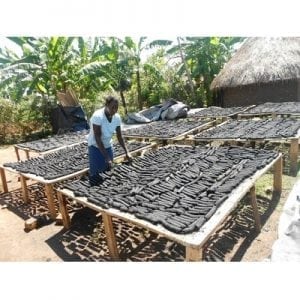
Agriculture
November 9, 2023

Updated on November 9, 2023
·Created on August 5, 2019
Reppie Waste-to-Energy is a large power generation station using garbage as fuel.
Reppie Waste-to-Energy uses municipal waste as a fuel for power generation. The plant has the capacity to treat 1,400 tonnes of waste everyday to generate steam that drives two 25 MW turbines. Together, these two generators have the capacity to generate 185,000,000 kWh. The combustion process will also sort metals for recycling.
Market Suggested Retail Price
$110,981,240.00
Target Users (Target Impact Group)
Distributors / Implementing Organizations
The development, design and construction of the power station is managed by Cambridge Industries Ltd (CIL) in partnership with China National Electric Engineering Co. (CNEEC).
Manufacturing/Building Method
Development, design and construction of the project is conducted by a consortium comprising Cambridge Industries Ltd (CIL) and its partner China National Electric Engineering Co (CNEEC), on behalf of the employer, Ethiopian Electric Power Company (EEP).
Intellectural Property Type
Trademarked
User Provision Model
Unknown
Distributions to Date Status
"In the month of May, [the Reppie Waste-to-Energy plant] has taken 42,990,820 Kg of MSW and put 16,912,500 KWhr of electricity into the National Grid." Interview with manufacturer
Design Specifications
The Reppie Waste-to-Energy facility started full construction in September of 2014 and began operations in August 2018. It is expected to process 1,400 tons of waste every day and export over 185,000,000KWh of electricity to the Ethiopian national grid.
Technical Support
Technical support is offered by Cambridge Industries
Replacement Components
Unknown
Lifecycle
Unknown
Manufacturer Specified Performance Parameters
Plant is expected to supply 30% of Ethiopia's electricity needs by processing 1,400 tons of waste everyday and producing over 185,000,000 kWh.
Vetted Performance Status
Unknown
Safety
A failure to effectively treat flue gases produced in the process might contribute to localized air pollution.
Complementary Technical Systems
Municipal waste collection services and access to a local municipal electrical grid must be considered.
Academic Research and References
Makarichi, L., Jutidamrongphan, W., Techato, K., 2018, The evolution of waste-to-energy incineration: A review, Renewable and Sustainable Energy Reviews, Vol 91, pp812-21.
Compliance with regulations
The product complies with European Emission Standard EU 2000/76/EC Directive, however the certifying body has not been identified. "The facility is built to follow EU emission standards and uses Flue Gas Treatment to take out emissions." Interview with manufacturer
Other Information
None

Agriculture
November 9, 2023

Agriculture
November 9, 2023
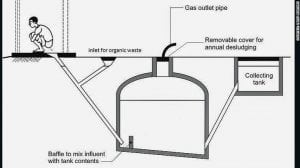
Agriculture
November 9, 2023
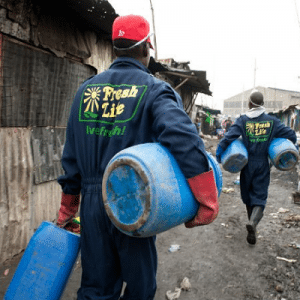
Agriculture
November 9, 2023
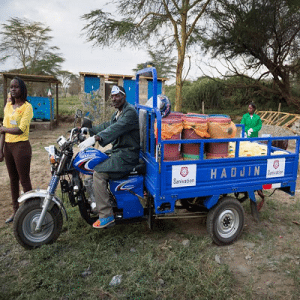
Agriculture
November 9, 2023

Agriculture
November 9, 2023
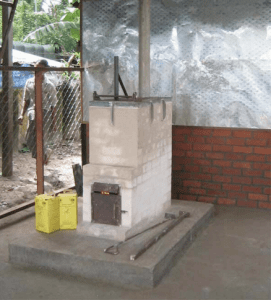
Agriculture
November 9, 2023

Agriculture
November 9, 2023
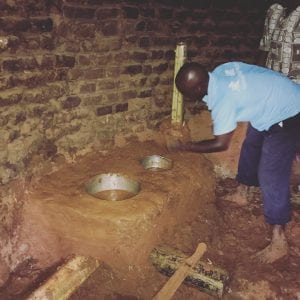
Agriculture
November 9, 2023
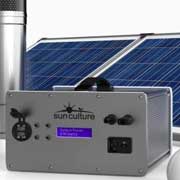
Agriculture
November 9, 2023
Have thoughts on how we can improve?
Give Us Feedback